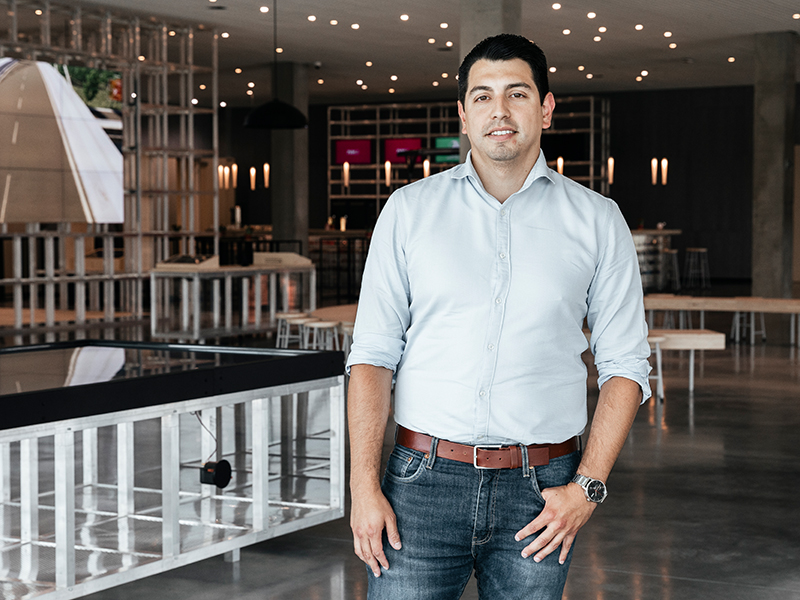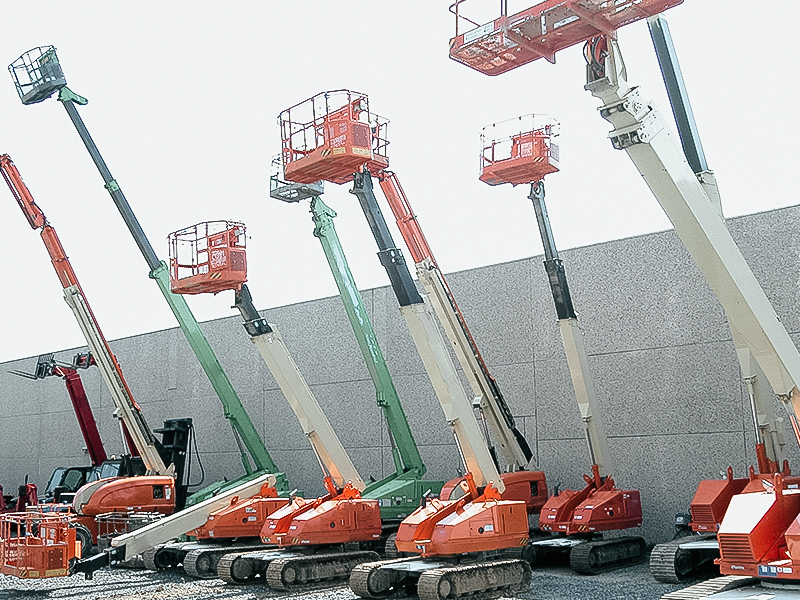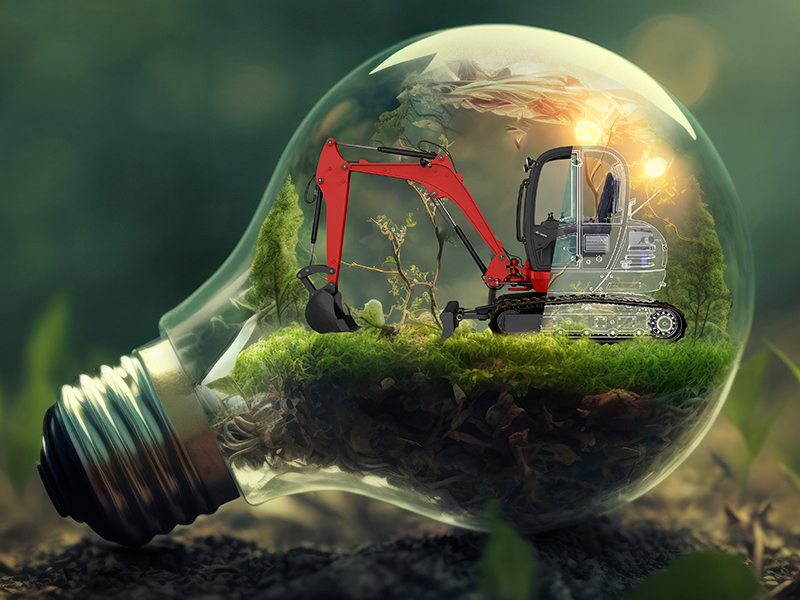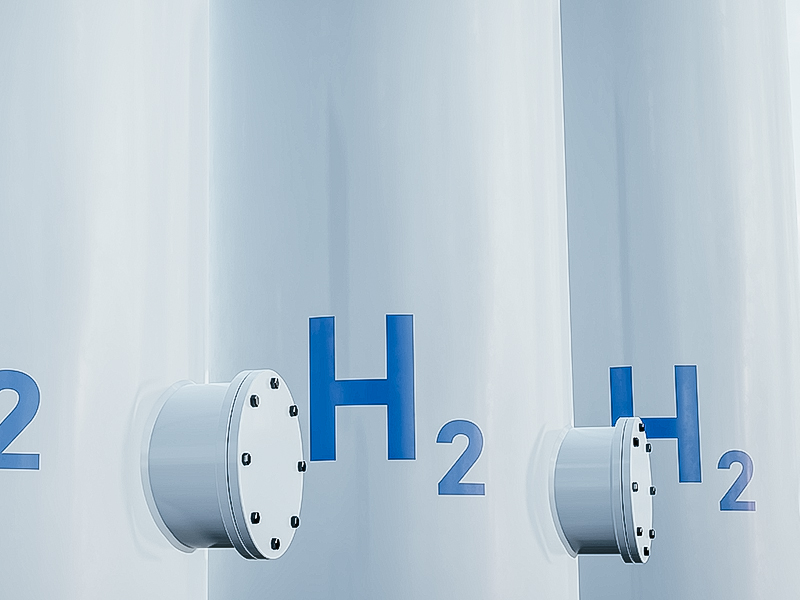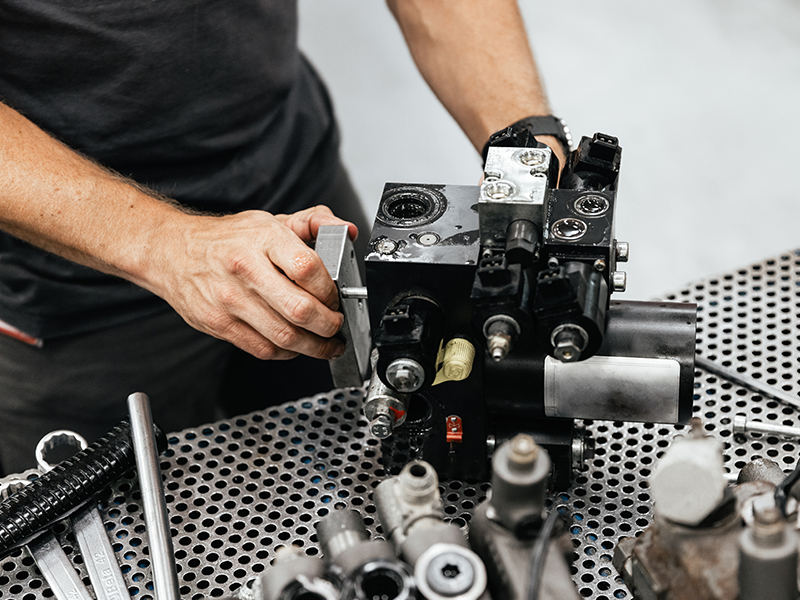Or something else?
When it comes to the energy transition, it is impossible to predict with 100% certainty what the greener future will look like. Electrification is one of the options, but there are also other alternatives. One of the possibilities is hydrogen, were it not for the fact that there are still few machines that run on this fuel and that the refuelling infrastructure is slow to take off.
Even if electrification turns out to be the way forward, it’s unsure whether the lithium-ion battery will be at the centre of this progress. After all, this type of battery still has some significant drawbacks, making it a less-than-ideal solution in the long term. That’s why the Solid State Battery is eagerly awaited. This type is safer than lithium-ion, has a higher energy density, charges faster … Unfortunately, Solid State Batteries are still too expensive and are not ready to be used at this moment.
“But whatever the future may hold, TVH will always keep a close watch on the market,” Sander reassures. “As we speak, we are continuously adapting where needed, to make sure our parts range is ready for the greener future. For example, Battery Supplies was recently integrated into TVH to ensure we have an extensive range of batteries that perfectly meets the needs of rental companies. You can read all about it in our ‘Batteries’ brochure.”





